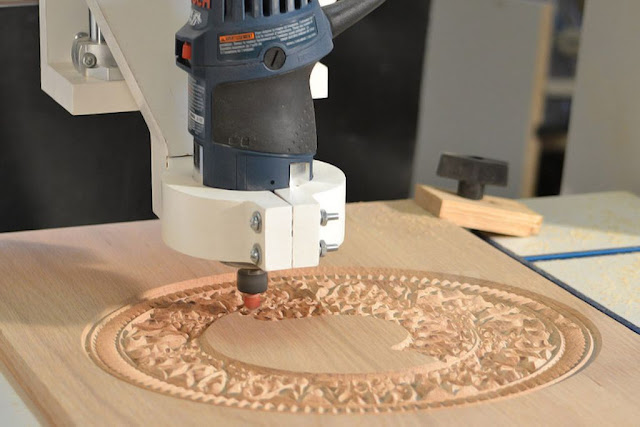MECHANICAL
Wednesday, January 08, 2020
Cnc Machine Technology
CNC's full name is computer numerical control. This is an unconventional machine.
Machine-tools and workpiece are controlled by the computer, they are called CNC machines. In this, the motion of the workpiece and tools is controlled with the help of pre-built programs. The CNC machine is also used in 3D printing.
Features of CNC
- Accuracy and precision
This machine is very precise and accurate. Therefore, maintaining quality in mass production is very difficult to manufacture partly high-quality parts. But due to the CNC machine, it becomes easy. The surface of the machine made in these machines is precise.
- Safety
The entire work of CNC remains automated, and there is no role during the process of the person. And it's designed to keep security in mind.
- Production cost
Due to its high production speed, its production cost is very low.
- Efficiency
Because of the accuracy and precision of the parts made in this machine, and the system of quality assurance is already made, the wrong parts get very little from this. And the same thing makes the CNC machine efficient.
- Skill
In this machine, the operator needs less skill set for the manual (conventional) machine.
Types of CNC Machine
- CNC Lathes
It is cut into the circular direction of the workpiece, which is also called "turning." The production of the complex part of the complex part cannot be in the lathe, it is in CNC lathe. It has two axes: X and Z.
CNC can put multiple tools in lathe's turret. Due to the advantage of this machine, it is replacing manual lathe machines with old technology. CNC lathe machine costs up to 8 to 30 lakhs. The use of this machine has increased in the past few years.
CNC Milling Machine
The material is removed by the rotary cutter in the milling process, CNC milling machine works on the exact same principle. It has two types:
1.VMC (vertical machining center)
2.HMC (horizontal machining center).
2.HMC (horizontal machining center).
- CNC Router Machine
In this machine, parts of large-dimension parts are produced. Generally, sheet metal, cutting woods, plastics are manufactured in the world.
- CNC Laser Cutter
The Laser you are thinking is too strong. In this powerful laser is used for the cutting process. This is the cutting of woods, plastics, metals.
- CNC Plasma Cutter
It happens just like the CNC router. Size and setup are also the same. The plasma light is used for cutting. It is useful for cutting 2-dimensional profile shapes.
3D Printer
Do you know that 3D printer also has a CNC type machine? Instead of removing this machine part, a part is prepared by raising the layer on the layer. It's working thus pushing the hot plastic with a small hole and the layer by layer is thrown.
Pick and place machine
Electronic circuits such as the motherboard, phone, and tablets contain small electronic components. Keep these components accurately and with speed at its place. So perhaps its name is picked and place machine.



















